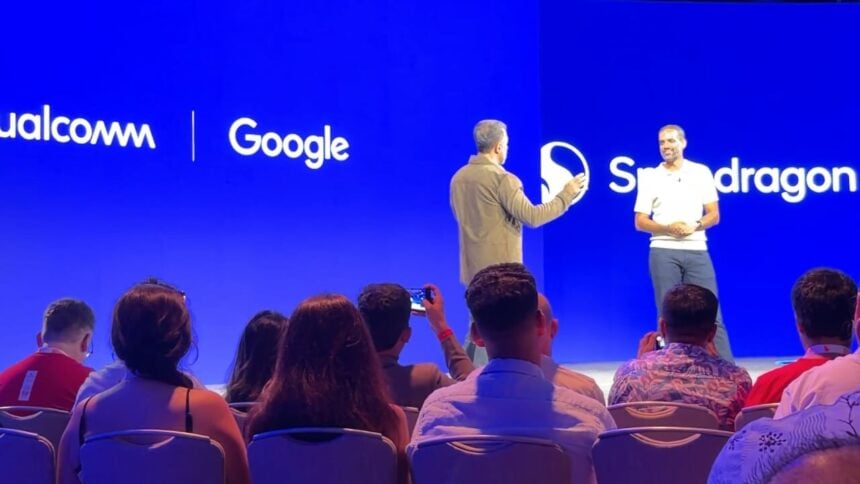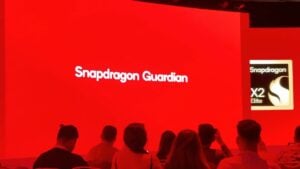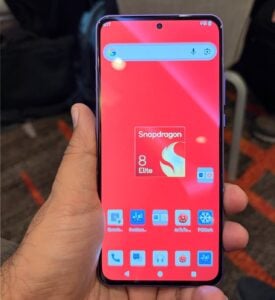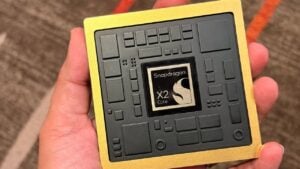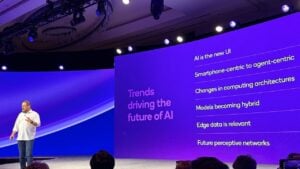At the Snapdragon Summit 2025, Sameer Samat, President of Android Ecosystem at Google, outlined how Android is entering a new era. With Gemini integrated across phones, watches, tablets, XR headsets, TVs, cars, and laptops, the platform is shifting from on-demand AI to proactive personal assistance. The vision: an ecosystem where AI anticipates needs, operates across form factors, and makes technology fade into the background.
From On-Demand to Proactive Personal AI
Samat described a transition from reactive AI to proactive agents that anticipate user needs.
We think…the real opportunity across all these devices is to go to a more proactive model, where the AI, your personal agent, is anticipating the next problem you’re going to have, and is bringing the assistance to you.
For example, if you’re late to a meeting, the assistant can notify participants and update them when you’re en route. Delivering that experience requires balancing privacy, power efficiency, and seamless device-cloud collaboration.
Wear OS 6: Gemini on the Wrist
Wear OS 6 showcases how AI can simplify daily life.
- Gemini integration: Quick, context-aware queries from the wrist.
- Performance improvements: Faster app launches and longer battery life.
- Design refresh: A Material design update that brings smoother navigation.
I lifted my watch and asked, ‘Hey, Gemini, can you find in my email what field we’re playing on?’ Instantly, it comes back.
Android XR and Glasses: Platforms for Multimodal AI
For the first time in years, Android introduced a new platform: Android XR. Built in collaboration with Qualcomm and Samsung, it places Gemini into immersive experiences.
Beyond headsets, Samat highlighted lightweight glasses as the ultimate AI form factor.
It’s really a form factor…designed for multimodal AI. You can allow your glasses to see what you’re seeing, to hear what you’re hearing, and to interact with the world around you.
The strategy is ecosystem-driven, enabling multiple partners to deliver consistent AI-powered XR and glasses.
Large Screens: AI in Productivity Devices
Android and Chrome OS have long supported productivity use cases. Now, Google is accelerating AI for larger screens.
- Tablets: Evolving into productivity machines.
- Chrome OS: Successful in education and enterprise, with lessons feeding back into Android.
- Future direction: Re-baselining Chrome OS technology on Android to unify platforms.
We’re basically taking the Chrome OS experience and re-baselining the technology underneath it on Android.
The result: laptops and other large-screen devices that integrate seamlessly with the Android ecosystem, with Gemini following users across devices.
Why It Matters
For consumers and businesses, the message is clear:
- Continuity across devices: A personal AI that moves with you.
- Efficiency: Smarter on-device AI and longer battery life.
- Context-aware experiences: Glasses and XR that use sight, sound, and environment to deliver assistance.
- Unified platform: Faster innovation cycles and better ecosystem integration.
Sameer Samat’s remarks at Snapdragon Summit 2025 marked a clear pivot for Android. The platform is no longer defined by phones alone but by an ecosystem where Gemini powers proactive, personal AI across every device—from wearables to XR to large-screen computing.
By rethinking the role of AI as an agent that follows the user, Google aims to make technology simpler, more fluid, and almost invisible. For consumers, that means convenience and continuity. For partners, it signals a unified platform ready to accelerate innovation across industries.


